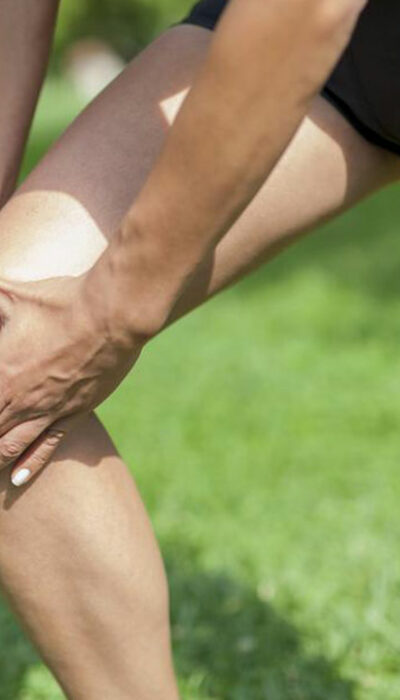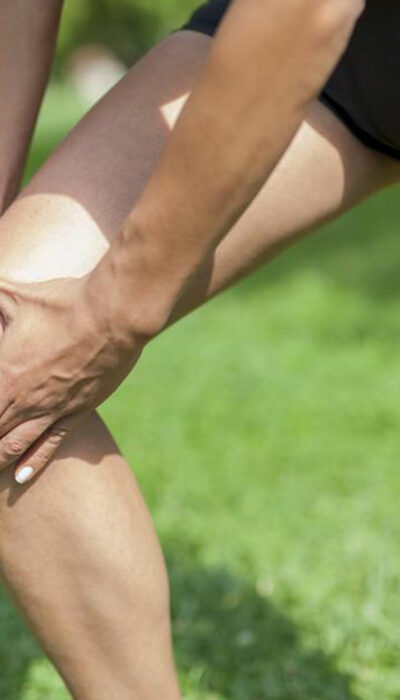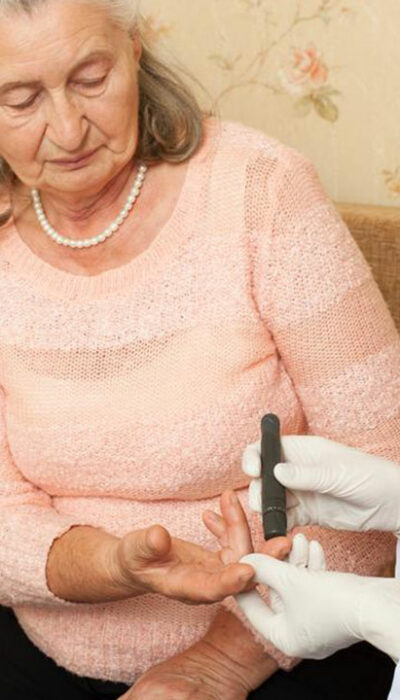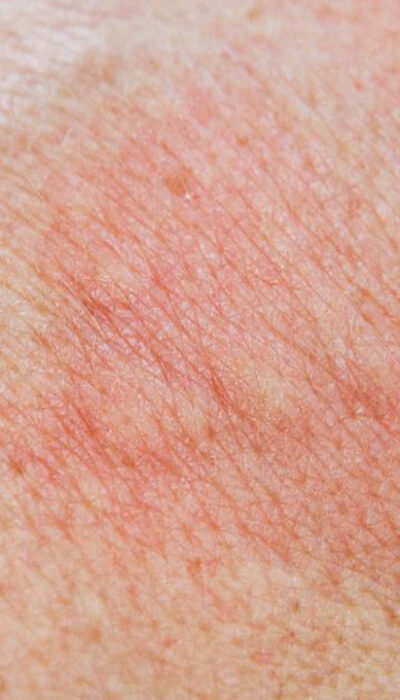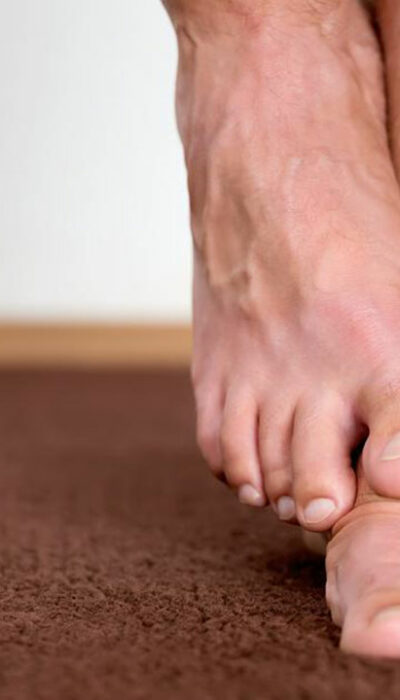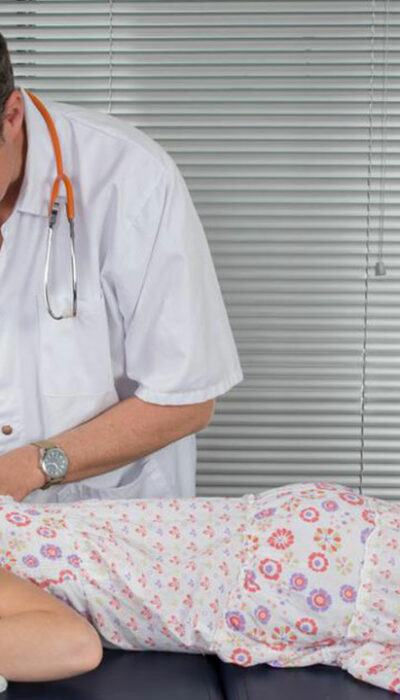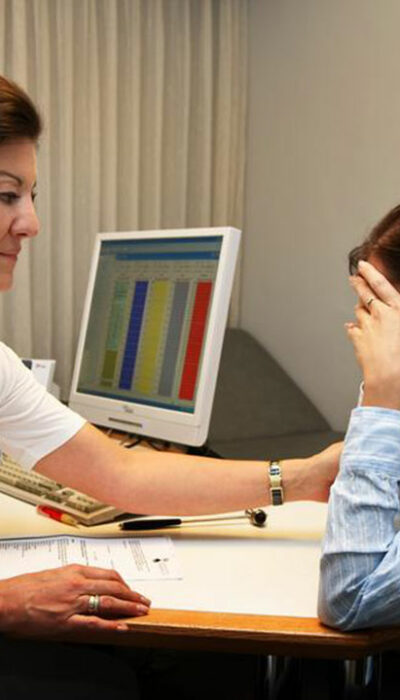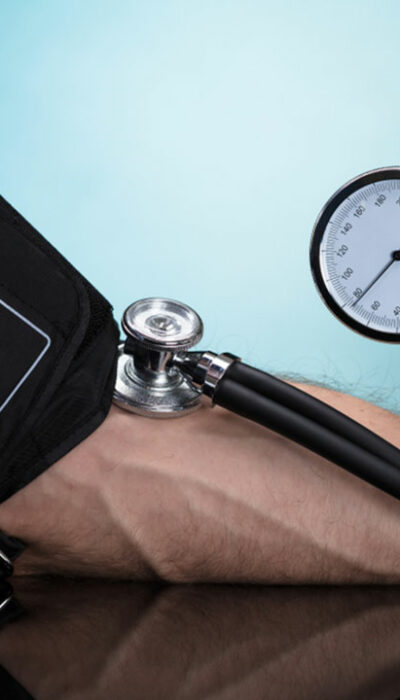
5 Natural Ways to Treat Enlarged Prostate
If you are one of the 14 million men, who is suffering from the issue of enlarged prostate because of the BPH (benign prostatic hyperplasia), then, of course, you have to face many daily struggles. With the different phases of life, many health issues come and go. An enlarged prostate is also one of the health issues, which arise around the age of 50. An enlarged prostate is a common occurrence amongst men and it causes the most discomforting pain. The enlarged prostate directly puts pressure on the urethra, which is responsible for symptoms like frequent urination and nighttime urination. Moreover, it can also keep the urine bladder empty and disturbs the flow of urine including starting and stopping urine flow, weaker flow. Apart from this, the enlarged prostate is also responsible for urine injection due to the irregular urine flow. This issue doesn’t let one be comfortable for long. If you are tired of running to the bathroom over the night because of sudden nighttime urination and want to end this problem, then you have to make some changes in your daily routine. Many medications will help you ease the pain and rectify the problem, but you can treat this issue with home remedies too. So can you permanently eradicate this pain? Yes, you can fix your problem permanently by opting few simple changes and treat your enlarged prostate on your own. We have acknowledged five natural ways to treat an enlarged prostate. So, just go through these points to find the right solution: Daily exercise – Don’t restrict yourself by staying indoors continuously. Just go out for some exercise and take a small walk to maintain good health. A daily 20-minute exercise is enough to fix your problem. Not only is regular exercise good for a prostate issue, but it is also essential for all over body health including cardiovascular diseases, high blood pressure, etc.
